Have you ever wondered why some people attract opportunities, partners, and income with far fewer obstacles while others keep struggling one after another despite doing equal or even more effort than the lucky person?
This is not a mystery; this is karma. To be precise, this is Sanchita Karma.
While Agami Karma deals with the future you’re creating now, Sanchit Karma is the collection of all your past actions, the grand storage of your soul’s entire karma through lifetimes.
It’s like your spiritual hard drive, containing every thought, word, intention, and action ever recorded across your lifetimes of existence.
What does Sanchita Karma mean?
Let’s start with the word itself.
The Sanskrit term “Sanchita” (संचित) comes from the root “sam-chi,” meaning “to collect” or “to gather.”
So, Sanchita Karma quite literally means “accumulated Karma”, the total collection of every action (karma) performed across countless lifetimes.
This includes everything from good, bad, selfish to selfless, intentional, or accidental.
Imagine a vast cosmic ledger where nothing is erased; it’s all stored, waiting for the right moment to ripen into experience.
This storehouse is what determines the overall tendencies, patterns, and circumstances of your future births.
What is Sanchita Karma?
Now that we understand the meaning, let’s get deeper into the concept itself.
Sanchita Karma is the accumulated sum of all karmas from your past lives. It’s like a vast reservoir of energy waiting to manifest.
From this storehouse, a small portion is chosen for you to experience in your current life, and that portion is known as Prarabdha Karma.
The rest of it, unexperienced and unspent, remains in potential form, waiting for the next lives of yours.
In the Bṛhadāraṇyaka Upaniṣad (4.4.5), it is said:
“As a man acts, as he behaves, so does he become.”
This accumulation over lifetimes is what forms your Sanchit Karma.
In Sanātana Dharma, karma isn’t one single category.
There are four types of karma in total: Sanchita, Prarabdha, Kriyamana, and Agami.
Each plays its part in the grand law of cause and effect.
If you want to understand how all four connect, you can explore it in my detailed post on Karma in Hinduism.
Sanchita Karma Examples
Imagine someone who, since childhood, has had an instinctive gift for music. No formal training, yet they sing as if their soul remembers the melody; that’s a reflection of positive Sanchit Karma.
Their past good actions related to creativity, devotion, or sound manifest as natural talent now in this life.
On the other hand, someone might repeatedly face obstacles in relationships despite good intentions. Often, these repetitive life patterns trace back to negative Sanchita from your past marriage and unresolved tendencies (vasanas) (you may not have been a loyal, responsible, or committed spouse) from prior lives.
So while Agami Karma is the future karma forming through your current action, your Sanchita Karma is the long script that brought you here.
What is the difference between Sanchita Karma and Prarabdha Karma?
This question comes up often, and rightly so.
The difference between Sanchita Karma and Prarabdha Karma lies in experience.
- Sanchita Karma is the total stored karma from all your past lives. Think of it as your full bank account of karmic deposits.
- Prarabdha Karma is the portion currently being spent. The specific karmas chosen for you to live through in this lifetime.
So, while Sanchita Karma is the full storehouse, Prarabdha is the slice currently active.
Prarabdha karma governs where you’re born, when you’re born, the circumstances of your birth family, your body, and even your tendencies.
Your ability to earn wealth with fewer obstacles or a road full of obstacles, your ability to attract a healthy relationship vs. a chaotic one, and your angry nature or calm demeanor are all part of prarabdha. If you want to explore in depth, please refer to my blog on Karma in Hinduism (link mentioned above).
Once Prarabdha is spent, another set from Sanchita is drawn for your next birth, and the cycle continues.
However, I also want to mention that most of the Agami Karma, the actions you’re performing in the present, merge into your Sanchita after death.
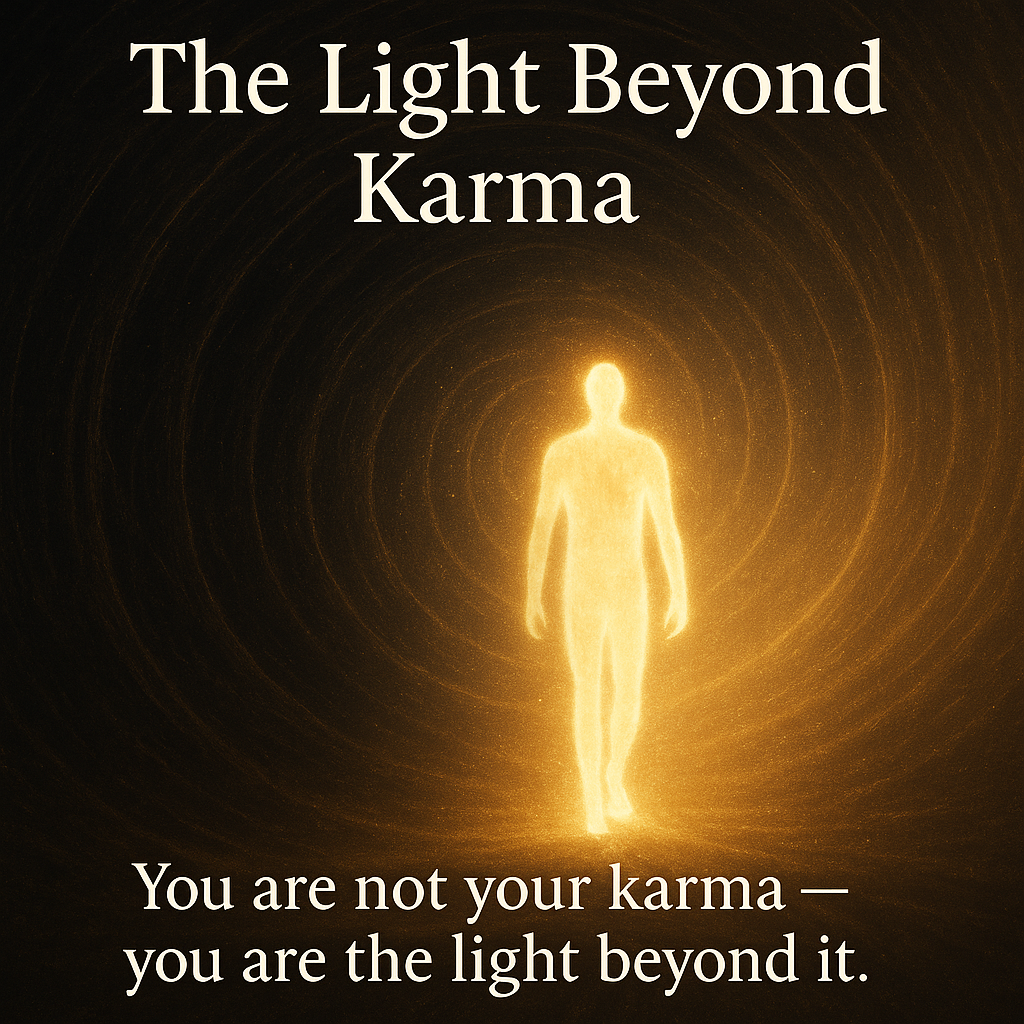
Can Sanchita Karma be changed?
This is where things get interesting.
In simple terms, yes, Sanchita Karma can be changed or destroyed through the realization of the Brahman or various other ways, such as engaging in Karma Yoga, Jnana (self-knowledge), Bhakti (devotion), Dhyana, Yoga (inner discipline), and most living in alignment with Dharma.
When you act in awareness, meditate sincerely, and live dharmically, you stop feeding the old patterns and begin burning stored impressions.
According to the Mundaka Upanishad (2.2.8):
“भिद्यते हृदयग्रन्थिः छिद्यन्ते सर्वसंशयाः ।
क्षीयन्ते चास्य कर्माणि तस्मिन् दृष्टे परावरे ॥”
bhidyate hṛdaya-granthiḥ, chidyante sarva-saṁśayāḥ,
kṣīyante cāsya karmāṇi, tasmin dṛṣṭe parāvare.
“When one realizes the Supreme, the knot of the heart is untied, all doubts are cut asunder, and all karma is destroyed.”
Here, “the Supreme” refers to Brahman, the one reality that is both beyond everything (para) and within everything (avara). When this truth is realized, the chain of karma naturally dissolves.
Similarly, a realized being (jnani) who attains true knowledge of the Self is said to have completely exhausted Sanchit Karma, as no new karmic impressions can bind them anymore.
How do I clear my Sanchita Karma?
Well, here is some good news. You don’t have to be a saint to begin cleansing Sanchita Karma.
Below are some ways, drawn from our authoritative scriptures of Hinduism.
Please note that you should choose your path as your nature; if you prefer to engage in meditation, selfless seva, and living dharmically, you do not necessarily have to engage in Satsang or Bhakti marg.
- Live in alignment with Dharma: Be honest, be loyal, engage in the welfare of society, engage in dana (charity, donations), serve the highest good, and have a deep self-awareness.
- Realize the supreme is Brahman: Everything is Brahman, and Brahman is in everything. And we all are one and part of it.
- Act without attachment:As Krishna says in the Gita (2.47), perform your duties without clinging to the fruits.
- Engage in Seva (selfless service): Help without expecting reward. Serve the elderly and the needy. Engage in seva of your parents. This creates powerful purifying karma.
- Practice Dhyana (meditation): Each moment of stillness leads to being aware of tendencies and patterns imprinted into us, burning the subtle impressions that feed future karma.
- Chant and reflect: Mantras like “ॐ नमो नारायणाय” (Om Namo Nārāyaṇāya) carry deep purifying vibrations.
- Satsang and study: Study of texts like the Gita or Upanishads reshapes how you act and think, rewriting karmic tendencies.
- Awareness of the Self: Being deeply aligned with the awareness and actions that we are not our body but rather atman (Self, or soul).
When you engage in such actions over time, the ego dissolves and awareness deepens, leading the mountains of sanchit to dissolve.
FAQs
What is Sanchita Karma meaning in English?
Sanchita Karma in English means “accumulated karma,” the collection of all karmas from all your previous lives, both good and bad.
What is Sanchita Karma in astrology?
In astrology, Sanchita Karma is seen as the total karmic imprint from past births influencing your current planetary placements and tendencies. However, please note that astrology can only point to tendencies, not the entire cosmic storehouse.
What are the 4 stages of karma?
The four types of karma are Sanchita, Prarabdha, Kriyamana, and Agami. Each corresponds to a phase of karmic accumulation, activation, creation, and result.
What are the three types of karma?
Some texts mention only three: Sanchita, Prarabdha, and Kriyamana, because Agami is sometimes included within Kriyamana and vice versa.
Which karma cannot be changed?
Prarabdha Karma cannot be changed; it must be lived through. Sanchita and Agami can be transformed through awareness and self-knowledge.
What does Sanchita Karma on palm mean?
In palmistry, some claim certain lines or markings on the hand represent stored karmas or past-life tendencies. However, Hindu scriptures do not describe Sanchita Karma in palmistry; it’s a symbolic and modern interpretation.
Is Sanchita Karma bad?
Sanchita Karma itself is neutral. It’s simply a record storing both the positive and negative results of your past actions. If your deeds were dharmic, your storage is filled up with positive karma; if your actions were harmful or selfish, it carries their weight instead, hence, negative karma.
The Light Beyond Karma
Sanchita Karma is the hidden library of your soul. Every action, every thought, and every desire ever formed by your body across different lifetimes are always recorded.
But the beauty of Sanātana Dharma lies in this: you are not bound by your past; you are the one who can rise above it.
Through any or multiple of awareness, yoga, right action, devotion, living in alignment with dharma, and realization of the self and the realization of the supreme, even lifetimes of accumulated karma can dissolve.
So remember, you are not just your karma. You are the light that can shine through and above it.
Om Namo Nārāyaṇāya.
If you found this blog insightful, dive deeper into Hinduism’s timeless wisdom by exploring more articles on our website!
Read Next:
What is Sanatana Dharma?
Hinduism, the religion of over 1 billion population is the oldest religion, and calling Hinduism…
Prarabdha Karma: The Mystery Behind Your Life
Have you ever wondered why you were born into the family you were born into,…
Karma in Hinduism: The Hidden Law of Your Life
27 Nakshatras in Vedic Astrology: A Complete Guide
In Vedic astrology (known as Jyotisha), the sky is divided into 27 Nakshatras or lunar…
30 Powerful “Bhagavad Gita As It Is” Quotes That Will Transform Your Life
The Bhagavad Gita, the “Song of God,” the one of the most popular holy books…
What is the Symbol of Hinduism?
Hinduism doesn’t have a single primary god or a single main holy book. Similarly, we…
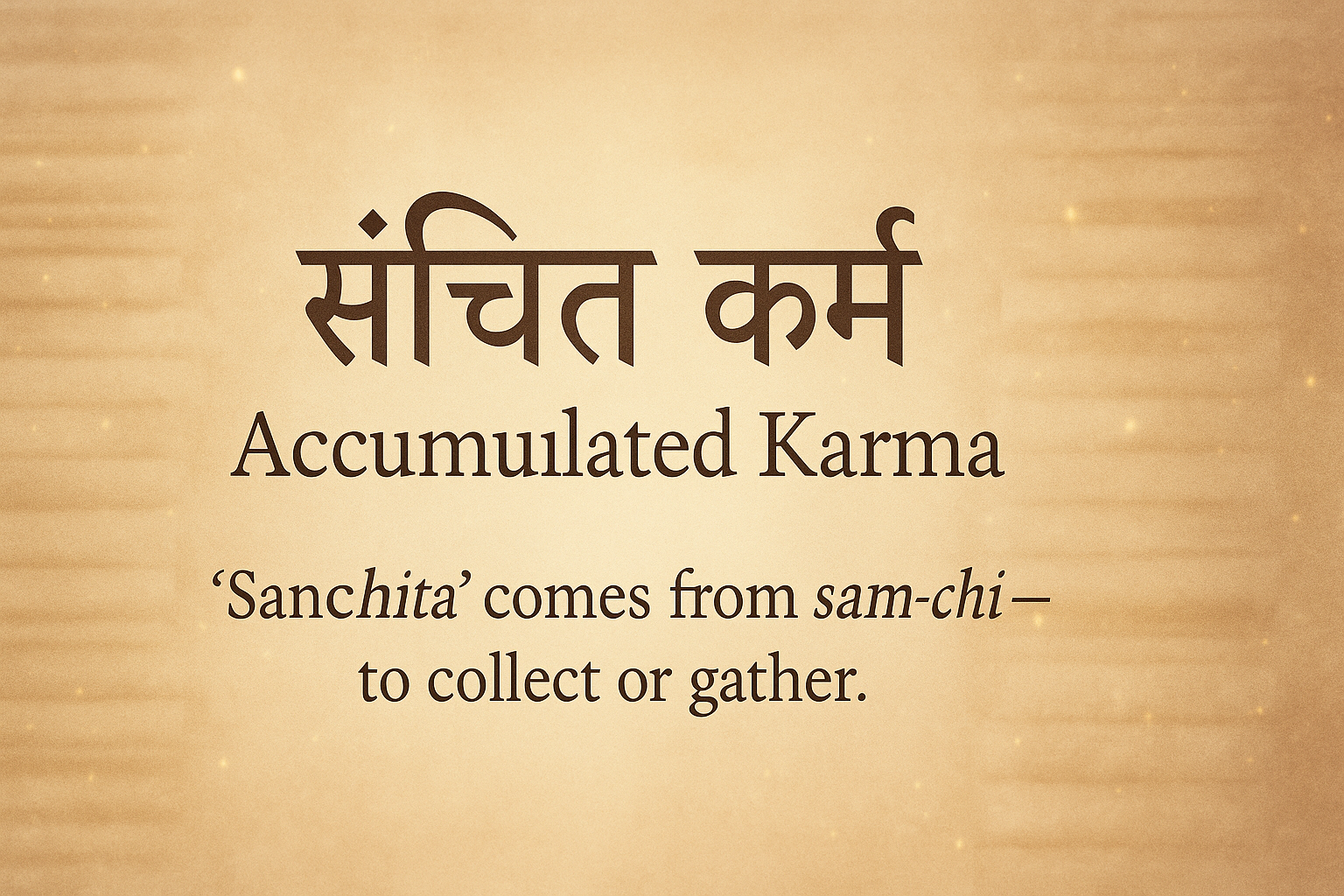
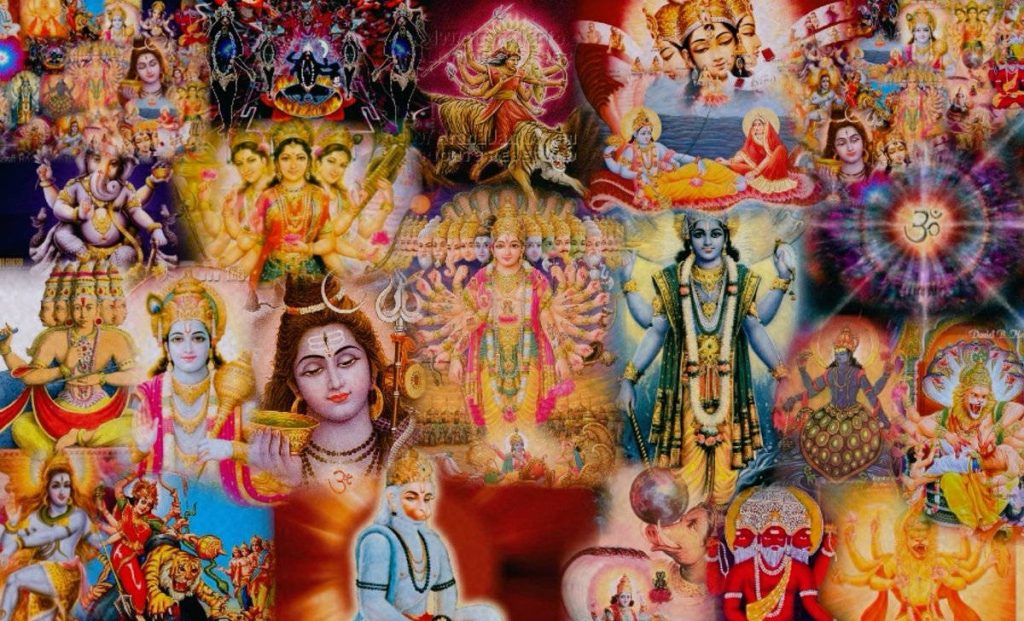

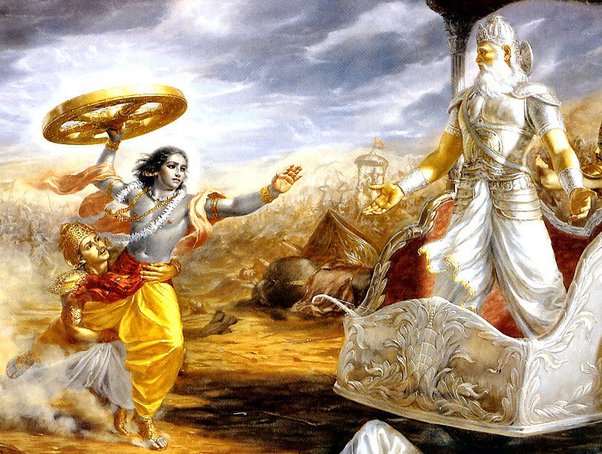
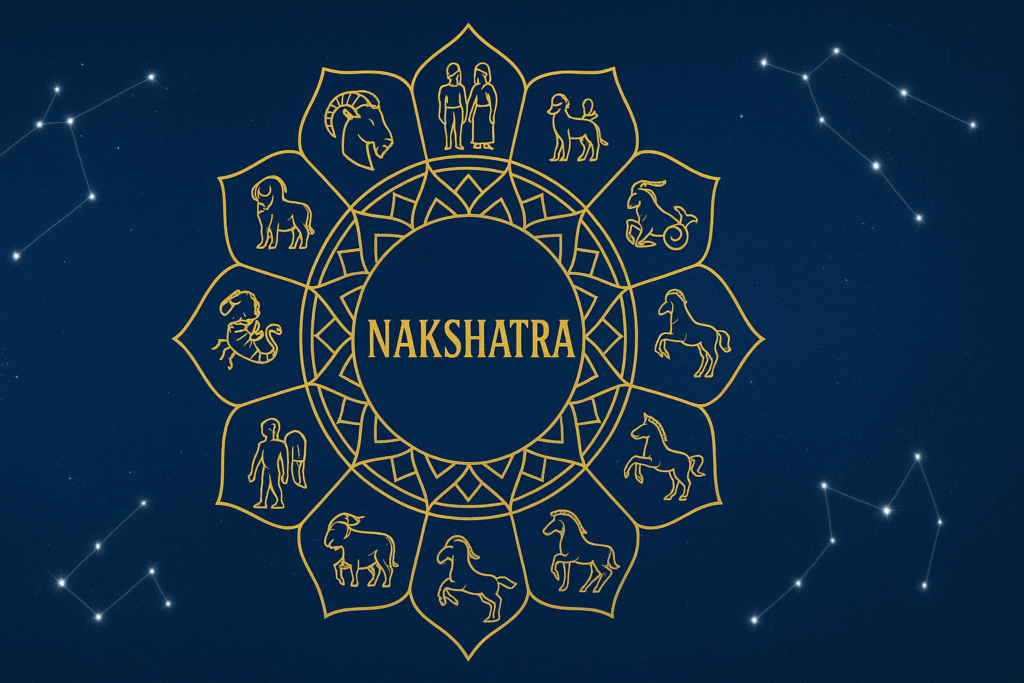


Leave a Reply